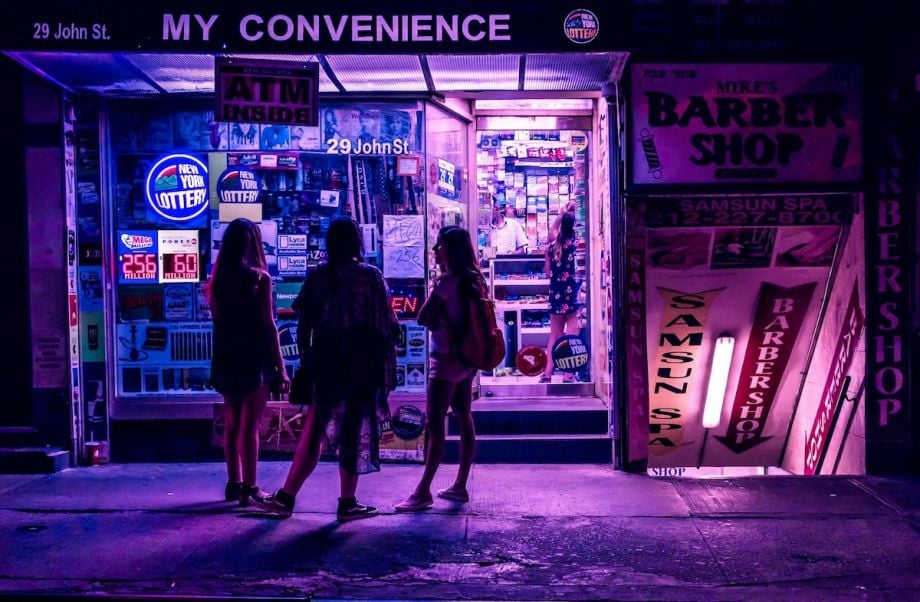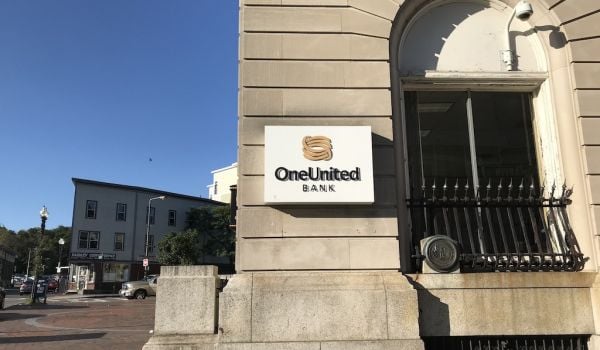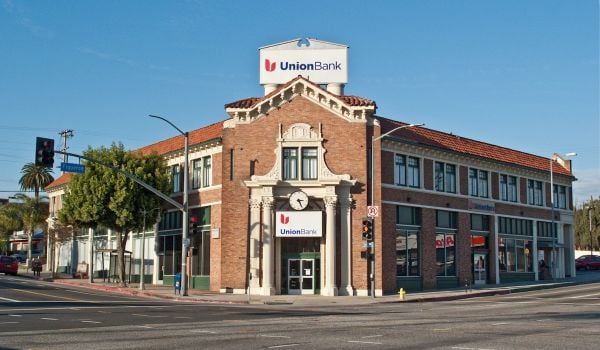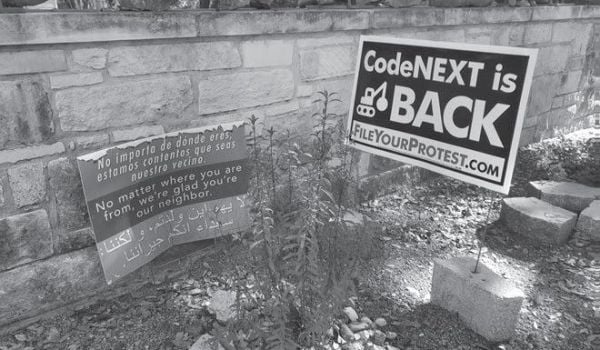I live a block away from the most mediocre Mexican restaurant in Seattle and maybe the entire West Coast. The tortillas are not made in-house. And the protein is so bland that I find myself dousing it in lime and salt.
But I do not want the restaurant to go out of business.
I may not go there every day — or even once a week — but in pursuit of eating at least three meals a day, I will walk there at least once a month. If it goes out of business, the space will likely be filled by a business that I will not patronize much, if ever: a dentist’s office, a framing shop, a mattress store (God forbid). Worse, especially given the downward spiral of many American downtowns post-Covid, the storefront could remain vacant for months or years.
Even in a relatively dense city like Seattle, there are pockets where residents cannot satisfy their weekly retail needs on foot. Differently put, the areas do not meet the criteria for a 15-minute city, an urban planning concept in which everyone lives within a 15-minute walk or bike ride to daily necessities and services. These neighborhoods do often have commercial real estate, they are not zoned for purely residential use or single-family housing.
The issue lies in the type of businesses that occupy the commercial space: businesses that customers rarely visit. This phenomenon suggests that density alone does not guarantee walkability.
In his book “Order Without Design,” urban planning professor Alain Bertaud says urban planners use qualitative expressions like “sustainable” or “livable” without linking qualitative objectives to these measure indicators. Similarly, urbanists talk about the need for density without identifying what should comprise this aspirational density.
But walkability is as much about retail composition as it is about quantity. A neighborhood dense with businesses that do not meet the weekly needs of residents is no better than a neighborhood absent businesses with respect to walkability. Walkability depends, at least in part, on having comprehensive retail. So what measures can a city take to foster such infrastructure?
Can business usefulness be a basis for zoning?
How can cities encourage the presence of businesses that satisfy daily necessities? While zoning based on business type is not new, traditional zoning does not take business usefulness into account. But what if zoning laws allowed useful businesses in residential or mixed-use areas and relegated non-useful businesses to industrial or commercial districts?
In contrast to traditional type-based zoning, zoning based on business usefulness would drive down rent in neighborhoods by limiting eligible businesses. Reform would stymy competition for commercial space and knock renters with big coffers, like large corporations, out of the running due to their usefulness classification. Less demand should drive down rent prices. Landlords who have trouble renting out commercial spaces in residential or mixed-use districts may convert it to residential space. With many U.S. cities facing a surplus of retail space and a shortage of housing, conversions are a step towards correcting the imbalance.
Of course, classification of businesses by usefulness can be tricky. We can easily create the following three-part typology:
-
Non-useful businesses that the average person almost never visits include facilities where no in-person goods or services are provided, like factories or corporate offices. Employees or contractors are likely the only ones on the premises.
-
Somewhat-useful businesses are establishments that do offer in-person goods or services, but ones that most customers need less than once a month. Examples include doctors’ offices, dentists’ offices, law firms, furniture stores, mattress stores, hair salons, banks and government service centers (like the DMV).
-
Highly-useful businesses offer in-person goods and services that the customers use at least once a month. These are restaurants, grocery stores, drug stores, nail salons and gyms, and we can also include public amenities in this category: schools, parks, recreation centers.
But the edge cases are more complicated. How should clothing stores be classified? Some people go on shopping trips every weekend, while others shop for clothes entirely online. A zoning code that accounts for business usefulness would require a coherent taxonomy.
And some less-useful businesses should be treated differently. Hospitals and fire stations, for instance, are not frequent-use businesses for the average person. But there’s a public interest in having them near housing, as they offer critical services. Museums and hotels raise similar questions. The zoning code should include a system of exceptions for businesses whose utility is greatly enhanced by being near neighborhoods.
Mixed-use paves the way for more businesses in neighborhoods
Another way to increase useful businesses in neighborhoods is by increasing mixed-use zones. I spent a few weeks in Morelia, in the Mexican state of Michoacan, where it’s common to see businesses operating out of house fronts. The result is vibrant neighborhoods, replete with diverse businesses and housing, driven by the needs of the people.
But in the U.S., local governments restrict the integration of commercial, residential and other uses in the same buildings or blocks, often designating swaths of land as single-family zones, where only standalone, single-family homes can be built.
These commerce deserts increase the distance between residences and retail. The stratification of commercial zones and residential zones raises the stakes associated with the usefulness of businesses in the residential zones because they are limited and few. If more residential zones were converted to mixed-use zones, the neighborhood could stomach a few non-useful businesses without suffering a loss in needed goods or services.
Besides re-zoning, enrichment through mixed-use can be achieved by permitting business spaces attached to residential units, commonly known as accessory commercial units. ACUs are a means of introducing retail in existing residential areas by allowing small businesses to operate out of homefronts or the construction of structures on or adjacent to residential properties to house small businesses. ACUs enable residents to address unmet retail needs and explore economic opportunities without significant investment or overhead and without dramatically changing the landscape of a neighborhood.
Incentivizing useful businesses through taxation
To help develop comprehensive retail, governments can make tax incentives available to useful businesses. While comprehensively classifying businesses by usefulness can be difficult, objective criteria indicating business usefulness can be established for tax incentives.
For example, tax breaks may be given to businesses that meet or exceed a specified average number of in-person transactions per month. The number of transactions needed to qualify can be bracketed by the business’ square footage, number of employees, revenue or other metrics. Tax breaks could also be given to businesses with restrooms, bike racks or picnic tables available for public use on their premises, helping cities address their chronic shortage of public seating and bathrooms.
Conversely, taxes may be levied on non-useful businesses, like businesses that are not open to the public or have a low volume of in-person transactions. To take aim at the least useful businesses of all — the empty ones — cities can enact vacancy taxes for commercial real estate that remains unoccupied for a certain period of time or longer.
To be sure, residents can play a role in supporting local retail networks by patronizing useful businesses in their neighborhoods. Still, municipal intervention is the most effective way to create walkable neighborhoods.
Working toward this goal carries real, tangible – even financial – benefits for cities. Accessible retail and recreation centers are akin to “town squares” in that they provide places and reasons for neighbors to congregate. Repeat visits to businesses increase the likelihood of interaction between neighbors, as well as business staff, who also form an integral part of the community.
A study published in the Journal of Community Psychology found a positive correlation between neighborhood trust and friendship and civic engagement. Increased self-sufficiency of a neighborhood would have a similar effect. When a neighborhood is not merely a place where people shelter, but a place where they obtain goods and services that they need to live, the stakes associated with the current and future state of the neighborhood are higher, driving interest in local government and organizations.
Useful retail is often missing from conversations about urbanism. In reality, it should be a focus. After all, it’s not a 15-minute city if you can only walk to the mattress store.
Erin Caldwell is a technology lawyer who lives in Seattle.

















Add to the Discussion
Next City sustaining members can comment on our stories. Keep the discussion going! Join our community of engaged members by donating today.
Already a sustaining member? Login here.